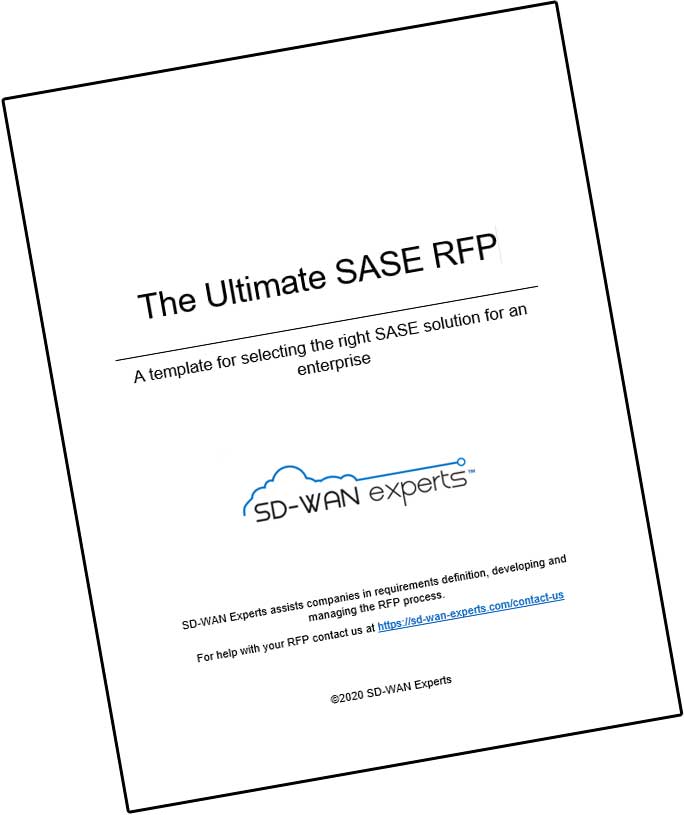Why a Single-Vendor SASE Strategy Matters More Than Ever
As the modern enterprise shifts toward cloud-native, hybrid work, and edge-first architectures, the pressure on IT and security teams to deliver secure, reliable connectivity has never been higher.
SASE (Secure Access Service Edge) has emerged as the go-to architecture to meet these demands, converging network and security functions into a cloud-delivered framework. But here’s the catch: not all SASE solutions are created equal.
Some organizations cobble together a “SASE” model using products from different vendors. Others take a cleaner approach, opting for a single-vendor SASE that integrates everything under one roof.
So, why does that matter?
Let’s explore why a single-vendor SASE isn’t just a convenience — it’s a strategic advantage.
What Is Single-Vendor SASE?
A single-vendor SASE delivers all the necessary components — like SD-WAN, Zero Trust Network Access (ZTNA), Secure Web Gateway (SWG), Firewall-as-a-Service (FWaaS), CASB, and more — from a single platform and provider.
This creates a fully unified architecture with:
- A common codebase
- Shared threat intelligence
- Centralized policy enforcement
- One management portal
- End-to-end visibility
Compare that to multi-vendor SASE, where disjointed tools must be stitched together, often through API integration, custom policies, and separate data planes.
Why It Matters: 6 Core Advantages
- True Convergence of Networking & Security
Single-vendor SASE delivers on the original promise of convergence. Instead of siloed security tools and standalone networking gear, you get a single, cloud-native stack purpose-built to work together seamlessly.
- Simplified Operations
Managing multiple vendors is expensive and error prone. A single-vendor model reduces vendor sprawl, contracts, renewals, and troubleshooting across platforms — freeing your team to focus on strategic initiatives.
- Consistent Policy Enforcement
Policies aren’t lost in translation. With one control plane managing security and access across all users and traffic types, you get consistent enforcement, whether someone is on-site, remote, or mobile.
- Improved User Experience
When everything is integrated natively, data doesn’t bounce between services, and routing is optimized from user to app. That means better performance, less lag, and happier users.
- Streamlined Troubleshooting and Support
Forget the vendor blame game. With one provider responsible for the full stack, diagnosing and resolving issues is faster, with no gaps in accountability or visibility.
- Accelerated Time-to-Value
A single-vendor solution is easier to deploy and scale. Instead of spending weeks integrating separate tools, you can roll out secure connectivity to users, branches, or cloud apps in days.
The Risk of Multi-Vendor SASE
It’s tempting to mix and match “best of breed” solutions. But integration is harder than it sounds, especially when vendors weren’t built to work together.
Multi-vendor setups often lead to:
- Policy inconsistencies
- Data silos
- Integration overhead
- Fragmented analytics
- Inconsistent user experiences
- Inability to implement the entire feature set due to complexity and resource constraints
In today’s fast-paced environments, that kind of friction is more than just inefficient — it’s a liability.
Single-Vendor vs. Multi-Vendor: A Quick Comparison
| Aspect | Single-Vendor SASE | Multi-Vendor SASE |
| Architecture | Fully integrated | Loosely connected products |
| Management | Unified console | Multiple tools and dashboards |
| Policy Control | Centralized and consistent | Decentralized and fragmented |
| Troubleshooting | Single point of contact | Multiple support paths |
| Deployment Speed | Faster rollout, less configuration | Integration-heavy setup |
| TCO (Total Cost of Ownership) | Lower long-term cost | Higher due to complexity and silos |
Final Takeaway
SASE isn’t just about stacking security and networking features together — it’s about delivering secure, scalable, and seamless connectivity through cloud-native integration.
And that’s only truly possible with a single-vendor SASE approach.
So, if you’re evaluating your SASE strategy, ask yourself:
- Do you want complete visibility, simpler operations, and faster rollout?
- Do you want to eliminate the patchwork of vendors slowing you down?
- Do you want a scalable foundation that’s future-ready?
If the answer is yes, a single-vendor SASE solution is your path forward.



